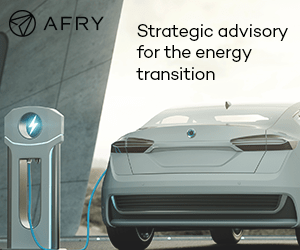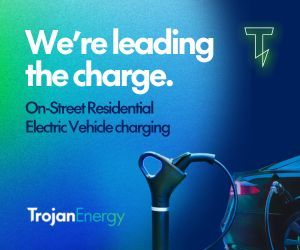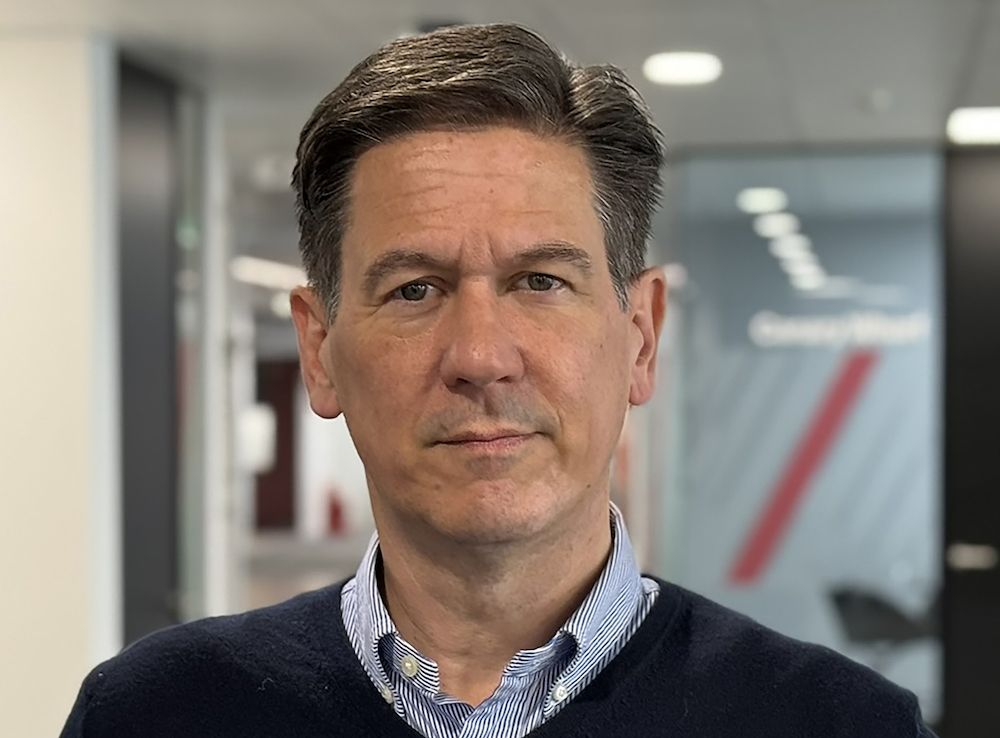Transport + Energy speaks to Vestel Mobility’s Sally Bailey about its business and its plans for the future.
Tell us about your business…
Vestel Mobility UK is the local arm of Vestel Mobility, part of Vestel, which is one of the largest electronics manufacturers in Europe with over 20,000 employees.
Vestel Mobility was launched in 2024 with the goal of becoming one of the top three EV charging and technology providers in Europe, by leveraging our economies of scale in European manufacturing to lower the cost of reliable and effective charging hardware, automotive electronics and energy storage solutions.
We aim to accelerate the decarbonization of Europe’s transport system by demonstrating charging and infrastructure hardware and becoming a key player in driving the shift to green transport. Currently, we offer Europe’s widest range of EV charging solutions, spanning multiple models for 7kW and 22kW residential charging.
Our range encompasses public, commercial, and fleet operation chargers, as well as our recently announced 1MW Stella infrastructure and heavy-duty fleet unit.
What are your decarbonisation goals or targets relating to fleet?
Our UK local decarbonisation goals are very much aligned with Vestel’s broader sustainability framework, both internally, driving towards Net-Zero manufacturing goals using eco-friendly, circular, and low-carbon mobility technologies, and externally by developing charging and battery solutions that accelerate EV adoption through developing products that reduce the cost of EVs charging infrastructure.
With UK government figures showing nearly a quarter of total UK road miles are undertaken by fleet and commercial vehicles, the sector is a significant target for Vestel Mobility UK. Helping these operators transition to electric vehicle fleets will have the fastest and most dramatic impact on reducing carbon emissions in UK road transport, accelerating our overall objectives.
In what ways have you collaborated with others – whether transport or energy companies, and public or private sector – on the issue of fleets?
While a great deal of our infrastructure and OEM/branded product supply work with CPOs, energy and fuel companies is under NDA, we are actively engaged with partnerships across the UK fleet landscape.
For example, working with Ryze Power, we are helping to electrify bus fleets across the UK, and we work with a wide range of operators, from small LGV grey fleet owners (where the drivers charge at home) to major infrastructure partnership projects with CPOs.
The Vestel Mobility UK team has extensive experience in fleet EVs and charging infrastructure in the UK, so we are ideally positioned to offer help and advice to operators of the smallest fleets to UK-wide commercial distribution chains looking to evolve their fleets in the most sustainable and cost-effective way.
What is your biggest overall challenge as a company when it comes to transport and energy?
Vestel Mobility UK has fully transitioned to an EV fleet and company cars, with on-site chargers at our headquarters in Langley and several partnerships with software and energy providers to make charging simple and effective at home or anywhere in the UK. We do not really have any challenges with our own fleet transport or energy.
For our fleet customers, it’s a different story. The lack of charging infrastructure across the UK is the main hurdle, followed closely by the simple fact that new EV vehicles are a significant premium over their ICE counterparts.
Lorry companies are hesitant to switch, as while depot charging is practical, the road-charging network is not there at this time. Grey fleet operators are concerned about staff working hours and downtime if drivers cannot charge at home, and moving staff to EV company cars can be challenging due to the public perception of a lack of chargers and negative media bias towards EVs.
As of early 2025, there are nearly five times as many public charging locations in the UK as there are petrol stations (38,000 vs 8,300), and that number of EV charge locations is growing by 10% every six months. There are over 80,000 individual public charge points available across the UK already, not including the estimated 60% of UK homes that are able to have their own private vehicle charger.
A National Audit Office survey this year found that North-East Derbyshire is the area of England with the sparsest density of public EV charging, with a whopping maximum of 16 miles between public charging points at its most remote. Given EV ranges increasing every year and models already emerging promising 500 miles on a single charge, range should not be an issue for company car fleet managers or staff to worry about.
What policy changes or support would you like from the UK Government for fleets?
While government incentives, including tax breaks and charge point subsidies, are all helping towards the EV transition, the cost of installing EV charging infrastructure and purchasing EV fleets remains very high. If the government is serious about hitting its decarbonisation targets, there needs to be more help at the infrastructure and corporate end of the EV market, not just subsidies for private buyers.
However, with the transition away from petrol and diesel, which nets the government approximately 57% of the forecourt sale value, it is a fiscally challenging balancing act for the treasury.
Public EV charging nets just 20% in VAT, which fleet operators can claim back anyway. Spending even more on subsidies and aid to help decarbonise the UK transport system will be very costly for the government.
That puts the onus of cost back on the private sector, which is why Vestel Mobility is committed to leveraging our European manufacturing economies of scale to reduce the cost of EC charging infrastructure, helping to accelerate commercial and fleet EV transition.
How do you see the fleet sector changing and progressing in the next 5, 10, 15 years?
While environmental, commercial and geo-political factors are driving fast towards decarbonised transport systems across Europe, building the infrastructure and changing out the UK’s 36m registered road vehicles will take time.
In five years, I would expect to see 50% of new car registrations be pure BEVs, and possibly 80-90% of new fleet car sales.
Current growth rates indicate a doubling trend every 15 months, so BEVs could reach 50% of new vehicle sales by 2030 if this trend continues.
Vans, buses, and trucks will be slower due to the infrastructure requirements, but I hope to see 50% of all new commercial vehicle sales be BEVs by 2035 –assuming we receive some government policy-based acceleration or incentives.
In 15 years, I would hope the last vestiges of ICE road transport will be legacy units that will run the course of their natural life cycle. All new fleet vehicles, from the smallest cars to heavy-haulage, should be fully electric-powered or perhaps hybrid with carbon-neutral liquid fuel technology to keep their weight lower in extended-range vehicles.
Sally Bailey, Sales and Business Development Specialist at Vestel Mobility











